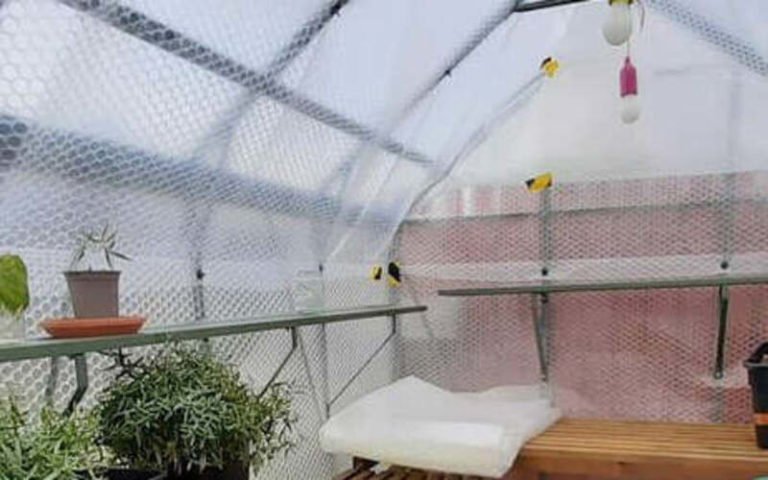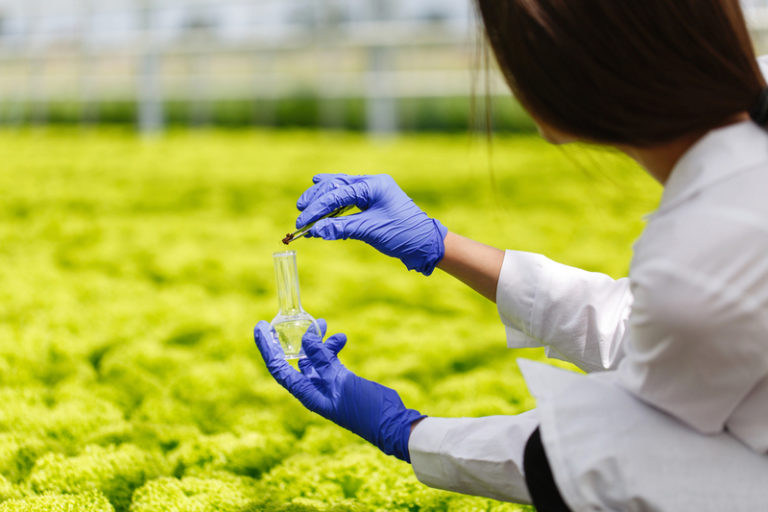Phosphate Fertilizers: Helping Plants Grow Strong
Like people, plants need food. Phosphate fertilizers are one of their main foods. This unique food helps them get big and strong.
What is Phosphate Fertilizer?
Imagine it as vitamins for plants. Phosphate fertilizer is packed with something called phosphorus. For plants, phosphorus is like a superhero because it helps them grow strong roots and maintains their energy levels so they can grow tall and produce flowers or fruits.
Why Phosphate Fertilizer is so Important?
Because it gives plants phosphorus, a nutrient that gives their health a boost, phosphorous fertilizer is very important for plant growth. This is why it’s important:
- Root Growth: Plants need phosphorus to build strong roots. Healthy roots hold the plant down and let it take in water and nutrients from the earth, just like a strong base does for a house.
- Energy Production: Phosphorus helps plants make the energy they need to grow. Plants can’t make the energy they need to grow big and healthy without enough phosphorus. It’s like fuel for a car.
- Nutrient Absorption: Nitrogen and potassium are two other important nutrients that plants need to grow. You can think of it as a key that lets plants get all the good things they need.
- Reproduction: Phosphorus is important for plants because it helps them make seeds and fruits. It helps make these important parts that the plant needs to multiply and keep living.
If plants don’t get enough phosphorus from phosphate fertilizer, they might not be able to grow as well, look weak, or make as many fruits or flowers. Giving them their favorite food makes them strong and healthy.
Types of Phosphate Fertilizers
Below are some common types of phosphate fertilizers:
- Single Super Phosphate (SSP): For the production of this fertilizer, sulfuric acid is applied to rock phosphate. It gives plants an immediate phosphorus boost and is quickly absorbed. Utilize SSP to provide nutrients to crops that require them immediately.
- Di-Ammonium Phosphate (DAP) and Mono-Ammonium Phosphate (MAP): Nitrogen and phosphorus are in these nutrients. Since they dissolve quickly in water, plants can easily take them up. Their usefulness makes them good for many kinds of plants.
- Triple Super Phosphate (TSP): TSP has more phosphorus than SSP, and it provides minerals more slowly. It’s better for plants that need phosphorus that lasts longer, and it’s less likely to wash away, so it’s better for the environment.
- Rock Phosphate: This phosphorus comes from rocks in the ground. Plants can’t use it right away because microorganisms in the soil need to break it down over time. It’s used for sustainable gardening and as a long-term way to get phosphorus.
Different kinds of phosphate fertilizer are good for different types of plants and soil because they have different properties and benefits. Which one to use relies on things like the crop, the soil, and how fast nutrients should be released.
How to Use Phosphate Fertilizers
Using phosphate fertilizers effectively involves a few key steps:
1. Soil Testing:
- You should test the soil to see how many nutrients it has before you add any fertilizer. It helps figure out if and how much phosphorus is needed.
2. Calculate the Right Amount:
- Figure out how much phosphate fertilizer is needed based on the results of the soil test and the needs of the plants being grown. Follow the application rates that have been suggested.
3. Application Methods:
- Broadcasting: One usual way is to spread the fertilizer out evenly over the soil’s surface. The next step is to work it into the soil by tilling it or watering it.
- Band Placement: Putting the fertilizer right into the ground in rows where the plants will grow. This helps plant roots take in more nutrients.
- Foliar Feeding: spraying the leaves with a phosphate fertilizer mix that has been dampened. This method makes uptake quick, which is useful when plants need extra nutrients right away.
4. Timing of Application:
- Putting down phosphate fertilizer when you plant most crops lets the young plants get the nutrients they need as they begin to grow.
- Depending on what they need and how well the soil holds on to nutrients, some crops may benefit from extra treatments during the growing season.
5. Incorporation and Watering:
- When you’re done adding the fertilizer, you need to either water the soil. This helps the nutrients get to the roots, where they can be used by the plants.
6. Follow Recommendations:
- Always follow the instructions on the fertilizer bag for how much to use and how to stay safe.
7. Environmental Considerations:
- It is important not to use too much phosphorus because it can get into waterways and cause problems like plant blooms. Follow the rules to stop flow.
8. Monitor and Adjust:
- Regularly check on the health and growth of the plant. Change how much fertilizer you use based on how the plant responds and how the soil’s nutrients change over time.
To get the most out of phosphate fertilizers, you need to know what the plants need, how the soil is, and how to apply the right amount at the right time and in the right way. This ensures optimal plant growth while minimizing environmental impact.

Taking Care of the Environment
Sometimes, using too much phosphate fertilizer can cause problems. It might run off into rivers or lakes, which isn’t good for the water or the creatures living there. So, it’s super important to use just the right amount and follow the instructions.
Looking into the Future
They are always coming up with new and better ways to help plants get strong and healthy. Environmentally friendly phosphate fertilizers are being made in better and new ways. These fertilizers still give plants all the good things they need.
Conclusion
In terms of food for plants, phosphate fertilizers are like super hero food. They make plants strong and big. But as with anything else, it’s important to be smart about how you use them and protect the Earth while you help plants.
This piece breaks down the idea of phosphate fertilizers in a way that is easy to understand. It focuses on their value, types, uses, effects on the environment, and the future of these fertilizers in farming.
FAQ
1. What is phosphate fertilizer?
- Phosphate fertilizer is a type of fertilizer that provides plants with phosphorus, an essential nutrient crucial for healthy growth.
2. Why is phosphorus important for plants?
- For plants, phosphorus helps in roots grow, energy production, food intake, and the formation of seeds or fruits.
3. What are the types of phosphate fertilizers?
- Common types include Single Super Phosphate (SSP), Di-Ammonium Phosphate (DAP), Mono-Ammonium Phosphate (MAP), Triple Super Phosphate (TSP), and Rock Phosphate.
4. How do I know if my plants need phosphate fertilizer?
- Testing the soil can help find mineral shortages. If your plants’ leaves turn yellow, their growth slows down, and they don’t flower or fruit well, it could mean they need phosphorus.
5. When should I apply phosphate fertilizer?
- It’s usually used before planting or in the early stages of growth. It can be used on existing plants based on their unique growth needs.
6. How much phosphate fertilizer should I use?
- What plants need and the results of a soil test determine the amount. Follow recommended application rates to avoid overuse.
7. Can I mix phosphate fertilizer with other fertilizers?
- Yes, phosphate fertilizers can be mixed with other fertilizers to create balanced nutrient blends suitable for specific plant requirements.
8. Are phosphate fertilizers harmful to the environment?
- Excessive use or improper application methods can lead to environmental concerns like water pollution. Making good use of it and following the directions can help lower these risks.
9. Can I use phosphate fertilizers for organic farming?
- Yes, some phosphate fertilizers are safe for organic growing. This is especially true for those that come from natural sources, like rock phosphate.
10. How long does it take for phosphate fertilizers to show results?
- Phosphate fertilizers can have affects that last for a long time or a short time. Some fertilizers work faster than others because they release nutrients slowly over time.
11. Can I use phosphate fertilizers for all types of plants?
- Phosphorus is very important for all plants. If the plants are in different stages of growth, the type of fertilizer and how it is applied may need to be changed.
Also Read:







